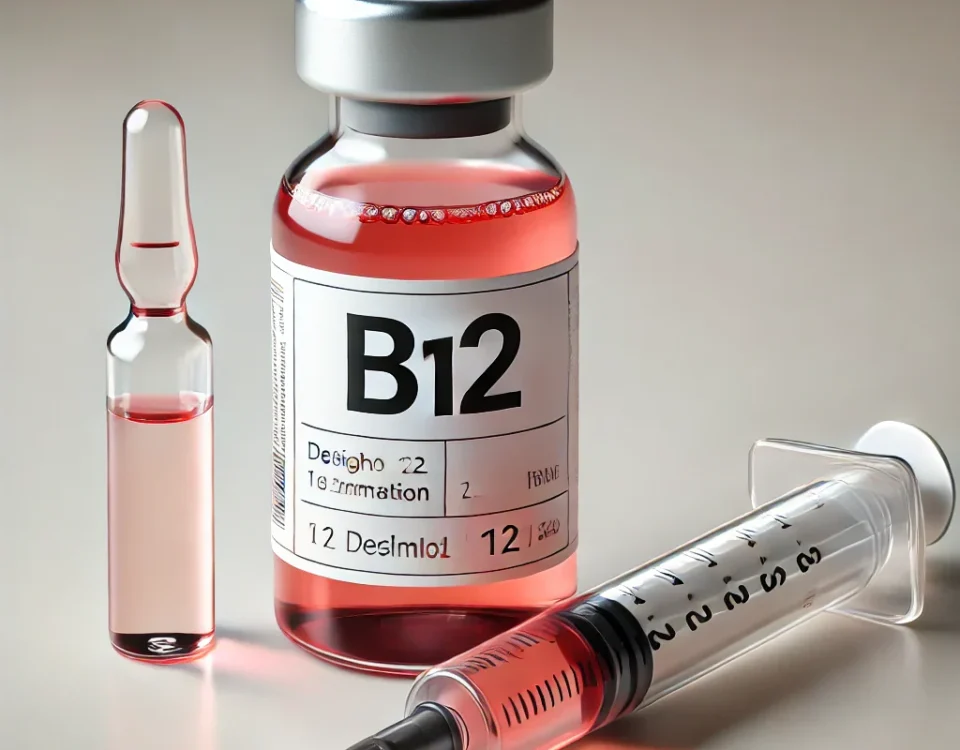
Cardiologists’ Recommended Diet for a Healthy Heart
August 12, 2025
Blog Topics for Health and Wellness Professionals
August 12, 2025Starting a medical health blog can be a rewarding way to share valuable information, connect with people, and even build a career. Whether you’re a healthcare professional, a student, or someone passionate about health and wellness, a blog lets you educate, inspire, and empower others with trusted health content.
If you’re wondering how to start a medical health blog from scratch, this article will guide you step-by-step through the entire process—from choosing your niche to publishing your first post and growing your audience.
Why Start a Medical Health Blog?
Before diving in, it’s important to understand why a medical health blog can be so impactful:
- Share reliable information: Health misinformation is common online. Your blog can become a trusted source for accurate, evidence-based advice.
- Help others: By sharing knowledge, you can support people managing health conditions or seeking wellness tips.
- Build a community: Connect with like-minded readers and professionals who care about health.
- Develop your skills: Blogging improves your writing, research, and digital marketing abilities.
- Monetize your passion: Over time, you can earn money through ads, sponsorships, or selling products.
Step 1: Choose Your Niche
Medical health is a broad field, so narrow your focus to a niche you’re passionate about and knowledgeable in. Some popular niches include:
- Mental health and wellness
- Nutrition and diet tips
- Women’s health
- Chronic disease management (e.g., diabetes, heart disease)
- Fitness and rehabilitation
- Parenting and child health
- Medical technology and innovations
Focusing on a niche helps attract a dedicated audience and makes your blog more recognizable.
Step 2: Pick a Memorable Blog Name
Choose a name that reflects your niche, is easy to remember, and sounds professional. It should also be unique enough to stand out and available as a domain name (website URL).
Use simple words and avoid complex medical jargon in the name to appeal to a wider audience.
Step 3: Set Up Your Blog Platform
To start blogging, you need a platform. Some popular options are:
- WordPress.org: The most popular and flexible option with many customization possibilities. Requires separate web hosting.
- Wix or Squarespace: Easy drag-and-drop builders, good for beginners but less flexible.
- Blogger: Free and simple but limited features.
For serious bloggers, WordPress.org is recommended because of its scalability and control.
Step 4: Choose Web Hosting and Domain
If you choose WordPress.org, you’ll need a web host—a company that stores your website files and makes your blog accessible online. Some popular web hosts are Bluehost, SiteGround, and HostGator.
Pick a hosting plan that fits your budget and offers good customer support. Register your domain name through your hosting provider or separate registrars like Namecheap.
Step 5: Design Your Blog
Pick a clean, professional theme that’s easy to navigate. Most blogging platforms offer free and paid themes designed for health or professional blogs.
Make sure your blog is:
- Mobile-friendly (looks good on phones and tablets)
- Fast loading
- Easy to read with clear fonts and colors
Customize your blog to include essential pages like About, Contact, and Privacy Policy.
Step 6: Plan Your Content Strategy
Successful blogs publish regular, useful content. Plan the topics you want to cover and create a content calendar.
Tips for medical health blogging:
- Write in simple, clear language to reach a broad audience.
- Back up your posts with credible sources like medical journals and official health organizations.
- Use visuals like images, infographics, or videos to make posts engaging.
- Address common questions or myths in your niche.
- Include personal stories or case studies if appropriate and ethical.
Step 7: Write Your First Blog Post
Choose a topic you know well and that will interest your audience. A good first post could be an introduction to your blog’s mission or a beginner’s guide to your niche.
Make sure to:
- Start with a catchy title.
- Break your content into short paragraphs.
- Use headings and bullet points for easy reading.
- Include links to trusted resources.
- End with a call-to-action, like asking readers to comment or subscribe.
Step 8: Promote Your Blog
Simply publishing posts isn’t enough. You need to get your blog in front of readers.
- Social media: Share your posts on platforms like Facebook, Twitter, LinkedIn, and Instagram.
- Join health forums and groups: Participate genuinely and share your blog when appropriate.
- Email newsletters: Build an email list and send updates to subscribers.
- SEO (Search Engine Optimization): Optimize your posts with keywords, good titles, and meta descriptions to rank better on Google.
- Collaborate: Guest post on other blogs or invite guest writers to your blog.
Step 9: Engage with Your Audience
Respond to comments and emails promptly. Ask for feedback and topics your readers want to learn about. Building relationships will keep readers coming back and increase your blog’s impact.
Step 10: Monetize Your Blog (Optional)
Once your blog grows, you can explore monetization through:
- Display ads (Google AdSense)
- Sponsored posts or partnerships with health brands
- Selling eBooks, courses, or consulting services
- Affiliate marketing (promoting products you trust)
5 FAQs About Starting a Medical Health Blog
1. Do I need to be a medical professional to start a health blog?
No, but it’s important to share accurate, researched information. If you’re not a professional, be sure to fact-check and cite reliable sources.
2. How long does it take to grow a medical blog?
Building an audience takes time—often several months to a year with consistent effort and quality content.
3. What are common challenges new health bloggers face?
Staying consistent, writing understandable content, and getting initial traffic can be challenging but are overcome with patience and learning.
4. How do I handle medical advice liability?
Include disclaimers that your blog is for informational purposes and not a substitute for professional medical advice.
5. Can I start a blog for free?
Yes, platforms like Blogger or WordPress.com offer free plans, but investing in paid hosting and domain name looks more professional and gives you full control.
Final Thoughts
Starting a medical health blog from scratch may seem daunting, but by breaking it down into clear steps, anyone can do it. Your blog can become a valuable resource that helps people make informed health decisions, builds your professional reputation, and opens new opportunities.
Remember, the key to success is passion, consistency, and commitment to quality. So, pick your niche, set up your blog, and start sharing your knowledge with the world!





